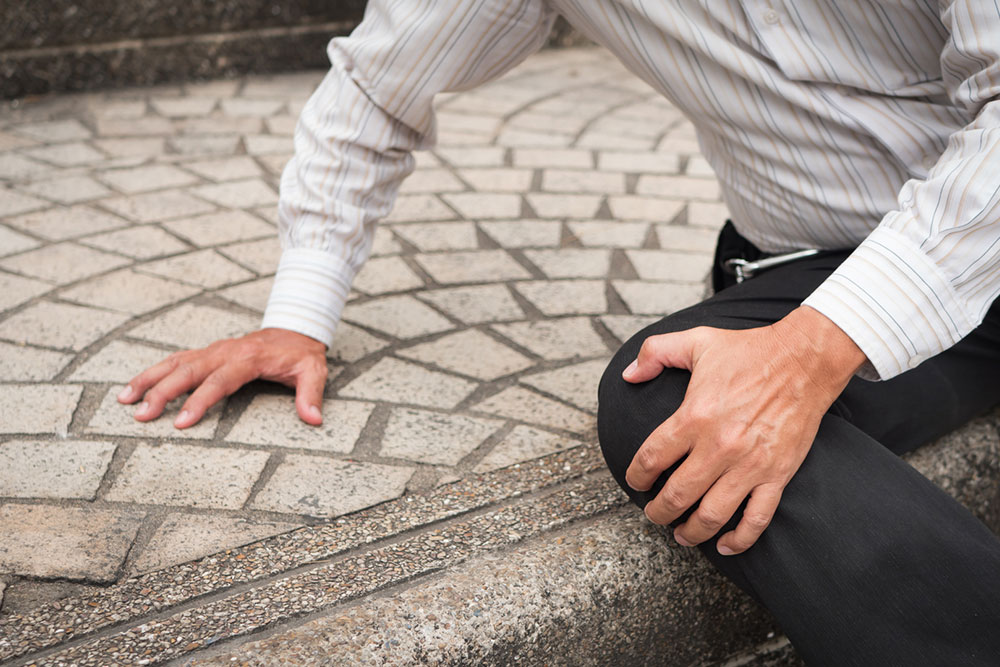6 early signs of weak bones

Weak bones, which can indicate conditions such as osteoporosis, can be a concerning issue. If a person’s bones weaken, they become more prone to fractures, significantly disrupting their life and daily activities. Hence, it is essential to recognize the early signs of the weakening of bones so one can take the necessary steps to prevent more serious consequences. Here are 6 early signs of weak bones that one must look out for.
Brittle fingernails
If a person notices that their nails have become fragile and are breaking easily, it could be an indication that their bones are becoming weak. Besides weakening, if a person notices vertical ridges on their fingernails, it could also be a sign of calcium deficiency, which can further affect their bone health. However, it is important to take note of the fact that brittleness in fingernails can also be caused by various other factors. It is better to consult a healthcare provider about their concerns if one is in doubt.
Reduced grip strength
Weakening of bones can also affect a person’s grip strength. They may notice that tasks like twisting door knobs, holding onto objects, opening jars, etc., are becoming tougher. This could be a sign of decreasing bone density.
Tooth loss and receding gums
If a person’s jaw bones are becoming weak and losing bone density, they may notice their gums receding. Weakening of jaw bones can also cause tooth loss. If one notices these signs, they must not neglect it and visit a dentist immediately. The dentist may conduct a thorough examination, including taking an X-ray to investigate the cause.
Fractures from minor injuries
One of the most evident signs of weak bones is sustaining fractures from minor injuries. For instance, even minor accidents, like a fall from a standing height, can lead to broken bones. If one notices this sign, they must consult a healthcare professional at the earliest. Delaying a consultation may increase the risk of sustaining more fractures.
Back pain and change of posture
If an individual’s spine weakens, they may experience chronic back pain. This pain can sometimes also extend to the neck. Along with that, weakening of the spine can also result in a change in the individual’s posture. One may notice a slight curve in their upper back or even a decrease in their height. This can also be a serious sign of osteoporosis, which can lead to spine compression, further resulting in spinal fractures.
Shortness of breath
Even though it may not seem so, shortness of breath can also be a sign of the weakening of the bones. This symptom is closely connected to the previous sign, implying that if one’s spine is compressed due to osteoporosis, it can restrict the expansion of the lungs, leading to breathing problems.
The chances of osteoporosis and weakening of bones can increase with age. As soon as a person notices any of these signs in themselves or a loved one, they must consult a healthcare professional immediately before any severe issues arise.







